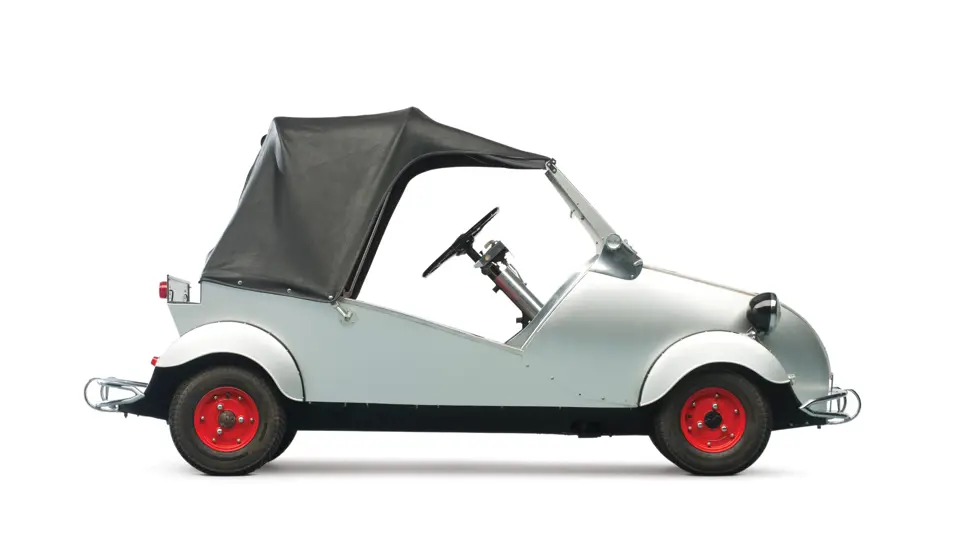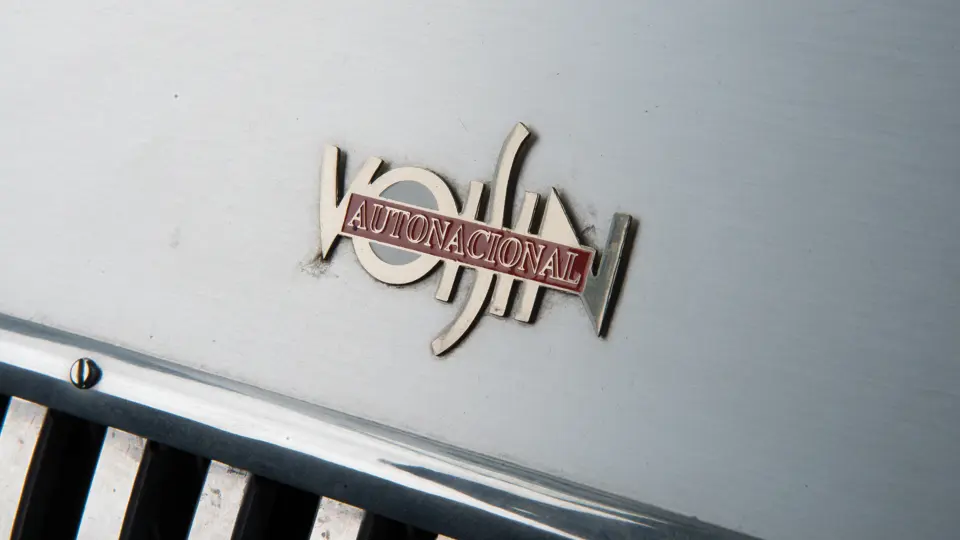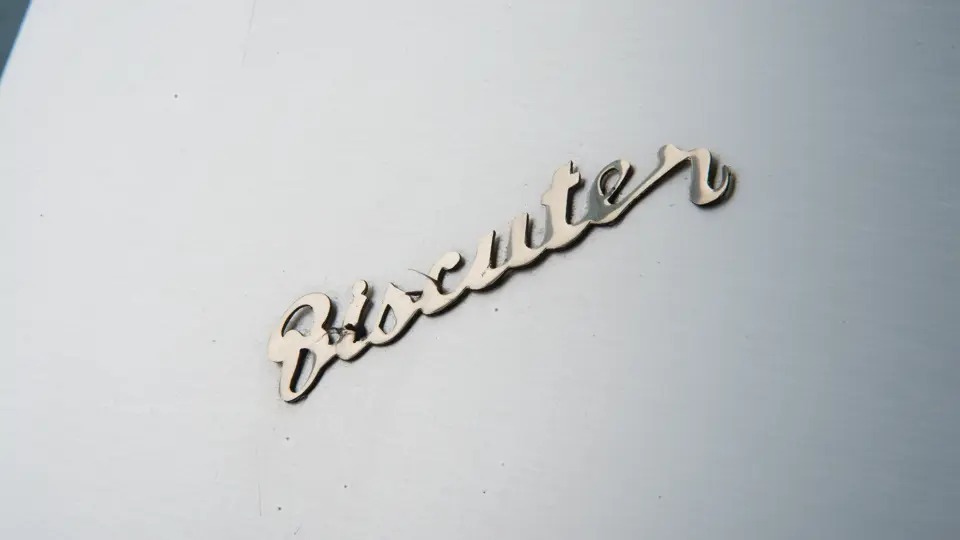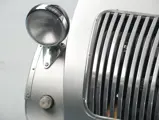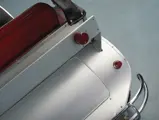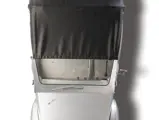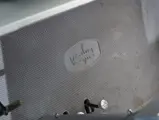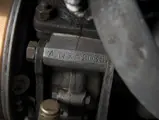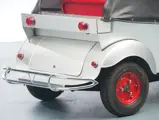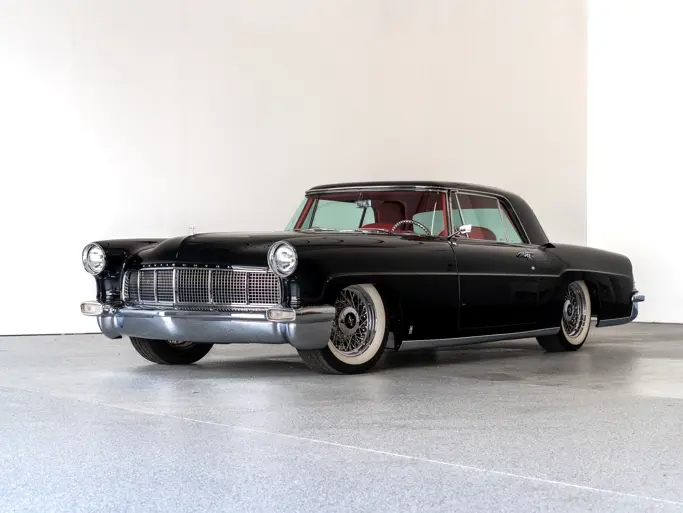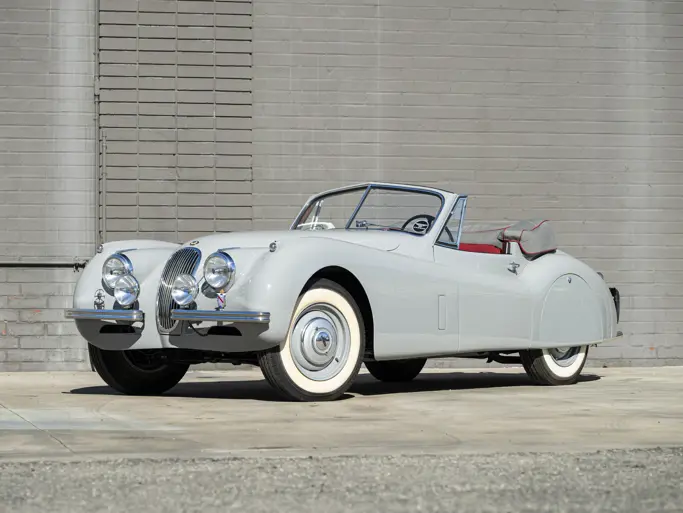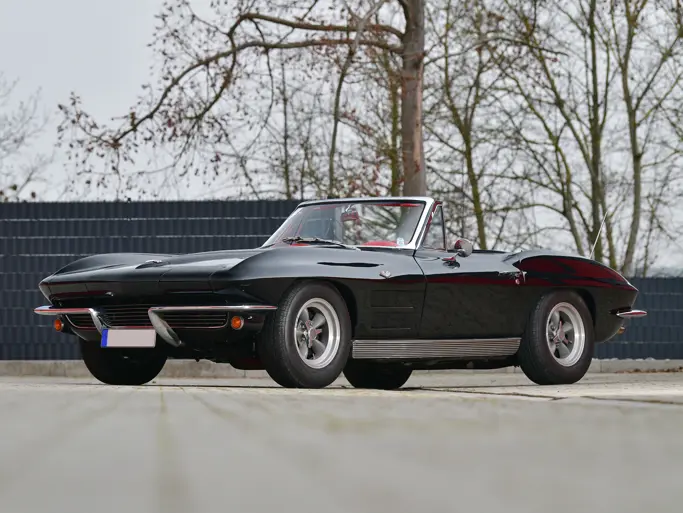Exceptionally rare Spanish variant of Gabriel Voisin’s vision.
SPECIFICATIONS
Manufacturer: Autonacional S.A.
Origin: Barcelona, Spain
Production: 12,000 (all types)
Motor: Hispano-Villiers 1-cyl, 2-stroke
Displacement: 197 cc
Power: 9 hp
Length: 8 ft. 4 in.
Identification No. AN2035
The Biscuter was the most successful of Spanish microcars, and by the mid-1950s, several thousand were swarming around the countryside. That maker was the visionary aircraft designer Gabriel Voisin, who conceived the Biscooter in France as a minimal vehicle for the common man to be run at the lowest possible cost.
At the beginning of the ’50s, the French airplane and car constructor Gabriel Voisin developed a small car for the Compagnie Aeromecanique in Paris. This car didn’t find a ready market in France, so Jose Maria Marcet Coll, owner of the Autonacional S.A. in Barcelona, purchased the license from Voisin's Compagnie Aeromecanique to produce the vehicle. In June 1953, he traveled to Barcelona to oversee production arrangements, and the car made its debut that year at the Feira de Muestras, the large industrial fair that took place in the city.
With slightly redesigned, minimal bodywork incorporating bumpers, with the engine changed for a Hispano-Villiers driving the right front wheel, with no reverse gear, and with brakes on the transmission and rear wheels only, the car was unique amongst its contemporaries. It soon got the nickname Zapatilla, for the open-heeled slippers worn by peasants. The popular name, combined with a sequence of test runs up mountain passes and on race tracks, earned it a place in the hearts of the people.
The first model, with aluminum bodywork, was the 100, produced in three series. By 1957, the car, now steel-bodied and called 200, was available with doors and side windows, a reverse gear, and an electric starter. By 1960, sales had fallen off sharply, due to the incursion of the Spanish-built Fiats by SEAT, and the vast majority of Biscuters were scrapped. This car is one of the later steel-bodied examples. Restored in Spain, offered here is one of the few extraordinarily rare surviving examples of the 200-A. Very similar to Voisin’s original prototypes, it exhibits Autonacional S.A.’s better overall fit and finish than the original run of hand-built units. The bare body is set off by the red seat upholstery and black top.
This Biscuter is credited with employing modern industrial techniques in production quantity that is much superior to its main rivals, the David, the PTV, and the Goggomobil, who arrived on the scene with such techniques substantially later. This early entry into the field is demonstrative of the brilliance of Gabriel Voisin, and it was only disrupted after the introduction of the SEAT 600, which became the new vogue of Spanish microcars. These important early 200-A Biscuters are not often available, and they are a truly important part of the genesis of European post-war mobilization.

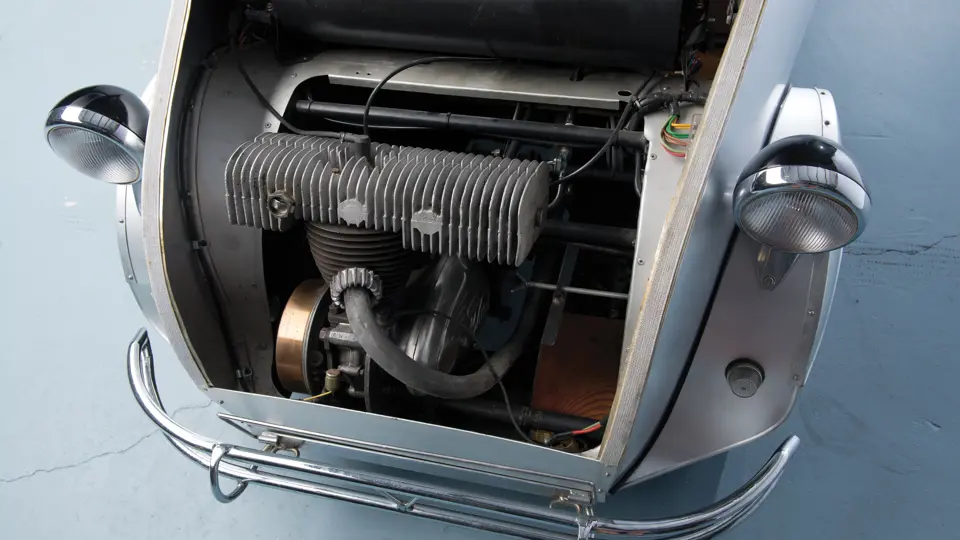







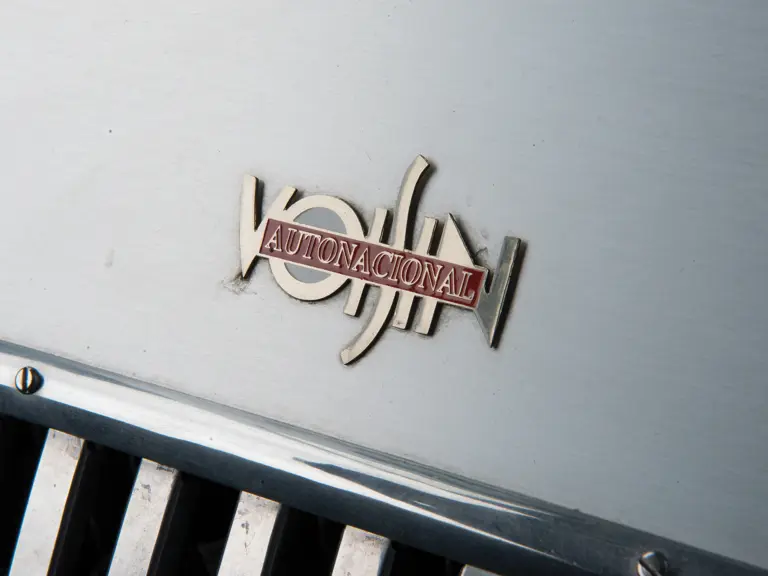



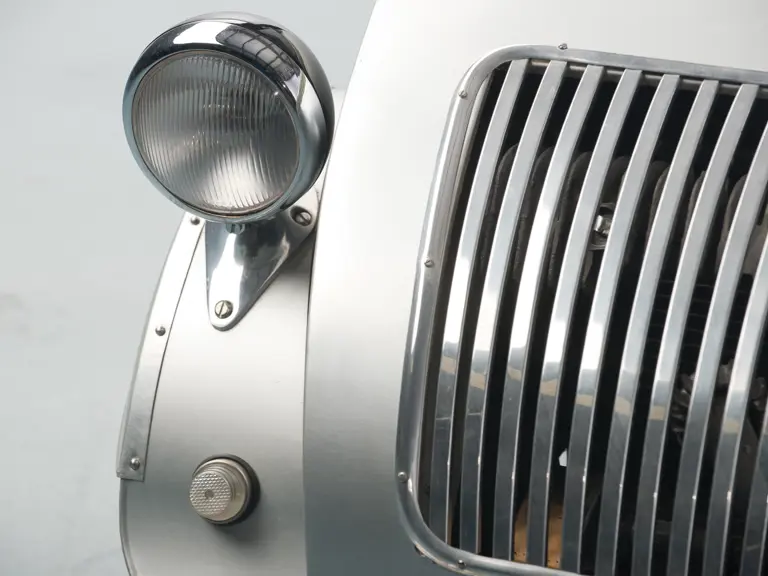
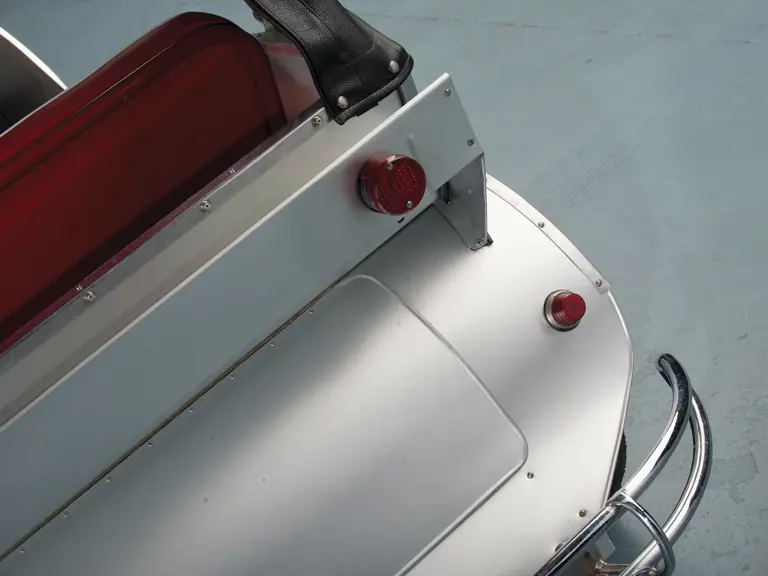
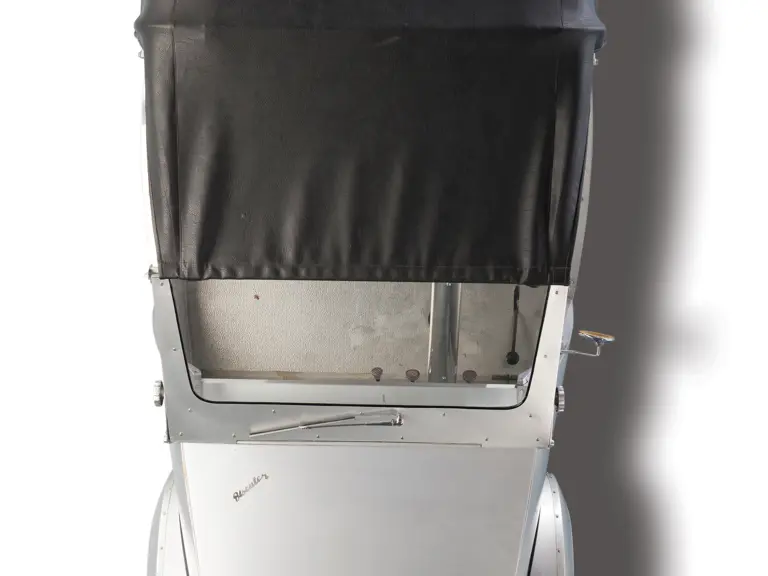
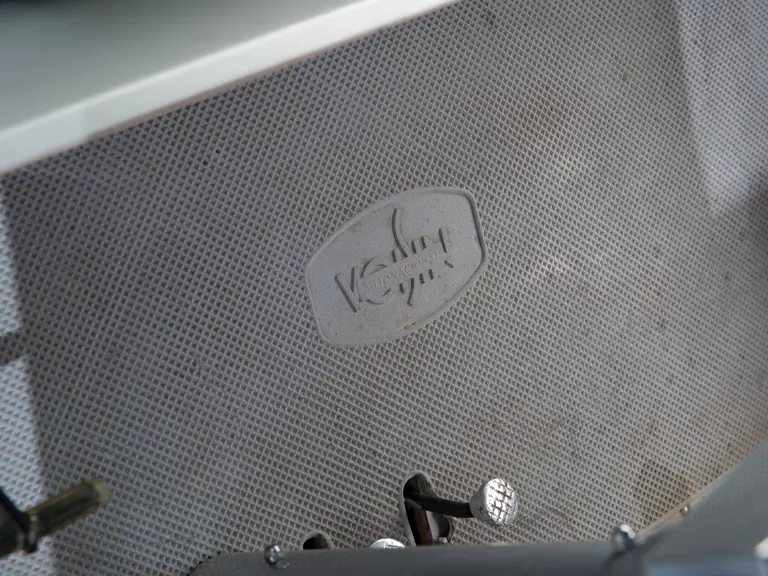


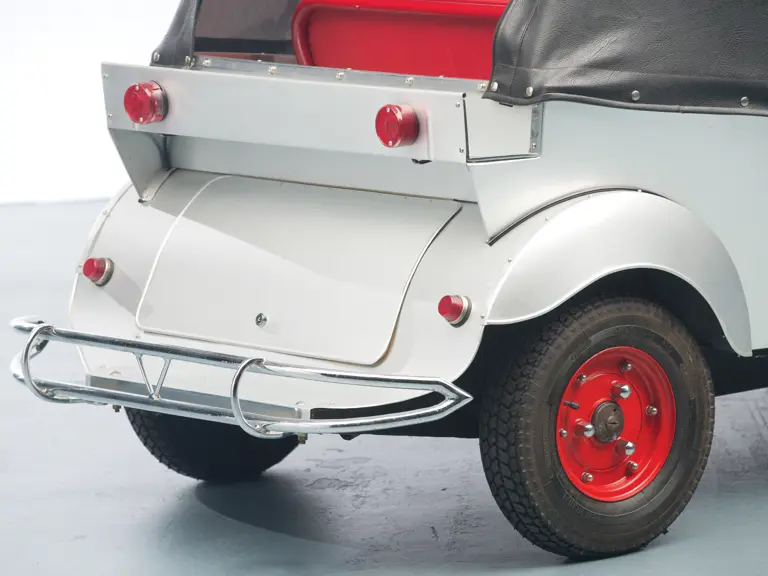
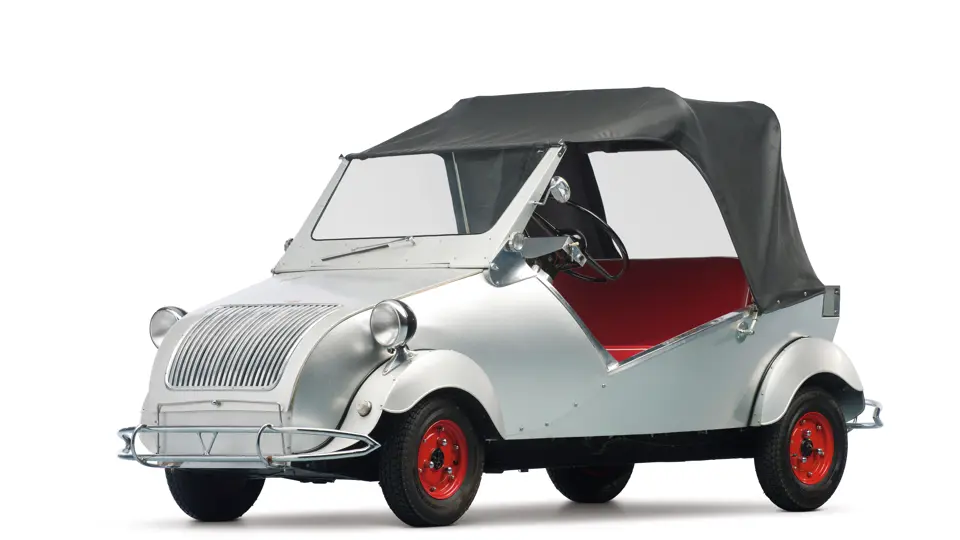
 | Madison, Georgia
| Madison, Georgia
